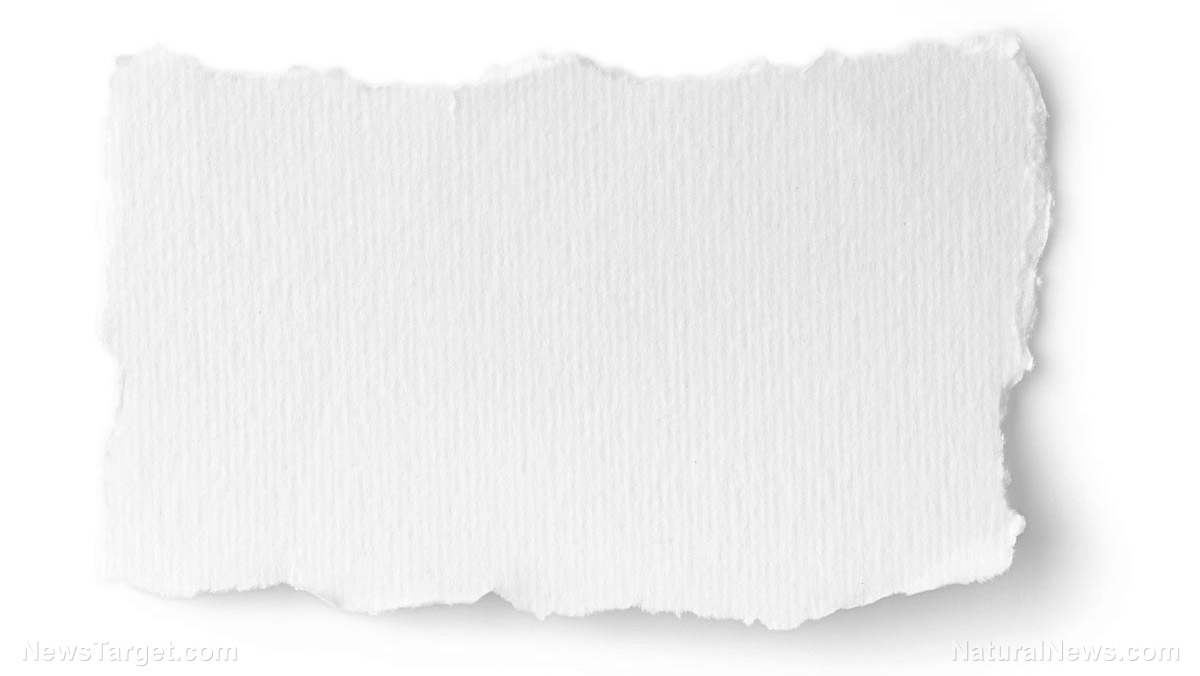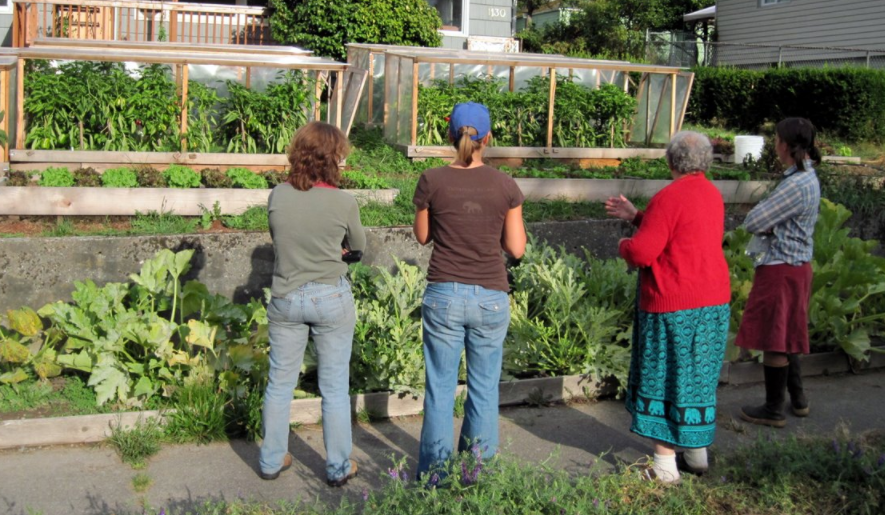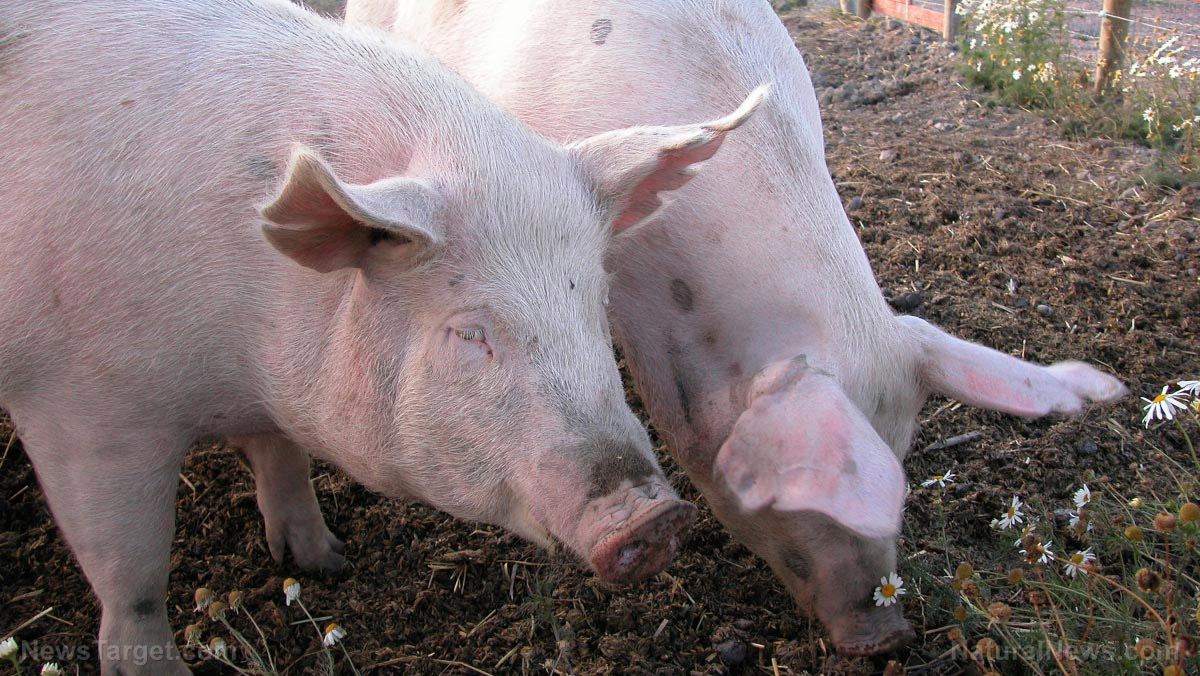
The University of Vienna researchers presented their findings during the 255th National Meeting & Exposition of the ACS. Their unorthodox approach to this form of agricultural waste could be of particular value in regions with few trees, numerous farm animals, and a ton of dung.
According to Dr. Alexander Bismarck, he first chanced upon the concept during a summer vacation in Crete. While watching goats crop grass, he realized that their dung was comprised of partially-digested plant matter, which includes cellulose.
Investigating goat droppings led him to the discovery that a herbivore's dung could comprise up to 40 percent cellulose. Furthermore, the animal's chewing and digestive processes had broken down the plant matter and exposed the cellulose.
Converting that partially-digested matter into cellullose nanofibers would require less electricity and use fewer chemicals compared to the typical paper-making process that starts with raw wood. Such paper would be cheaper and easier to manufacture.
Dr. Bismarck and his research team conducted preliminary work with goat droppings. From there they investigated dung from increasingly larger herbivores: Horses, cows, and even elephants.
The last two animals are of particular importance. Many nature parks in Africa host herds of elephants that drop tons of dung on a daily basis, while the manure that comes from American and European cattle farms put the mythical stables of Augeas to shame. (Related: When cows are raised naturally, cattle production becomes environmentally friendly and sustainable, producing a healthier product.)
Furthermore, using elephant dung as a model can help raise awareness about the endangered state of these increasingly rare animals.
Manure can be purified and bleached to produce white pulp
To make paper from animal manure, the University of Vienna researchers first applied sodium hydroxide to dung samples. The initial treatment is intended to remove impurities like dead cells, proteins, and some lignin.
Sodium hypochlorite is used to bleach the purified manure, removing the rest of the lignin and producing white pulp. This pulp can be used to make paper, while the lignin can be turned into fertilizer or fuel.
Conventional paper-making processes need to grind wood down into cellulose nanofibers. In comparison, the cellulose from the purified manure barely needs any grinding.
“You need a lot of energy to grind wood down to make nanocellulose,” says Andreas Mautner, a member of Dr. Bismarck's research team.
According to Mautner, starting off with manure shortens the paper-making process because the animal already ground up and broke down the plant matter. The resulting nanocellulose offers similar or superior properties to conventional paper at a cheaper price by saving on electricity and chemicals.
"As soon as the fibers are extracted, the process of papermaking is the same. The pre-treatment can relatively easy being done, perhaps already on existing equipment," he said.
Manure might be able to make biogas plus paper
Dr. Bismark reported that the manure-derived nanopaper could be used for a variety of purposes. It could serve as a material to write on, or it could strengthen polymer composites and filters that are used to treat wastewater.
The research team is cooperating with an industrial consortium to find out novel uses for recycled nanopaper. They're also refining the paper-making process to increase its sustainability.
Right now they are testing the residue of biogas produced from animal manure. If the leftover material retains enough cellulose, they could recycle it into paper.
Find out more about cool scientific discoveries at Scientific.news.
Sources include:
Please contact us for more information.



















